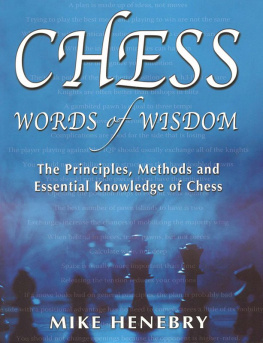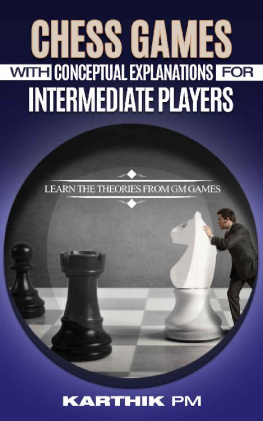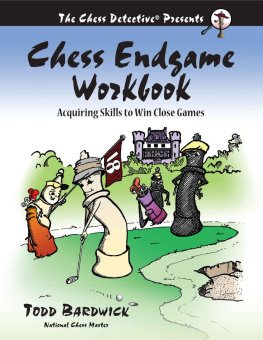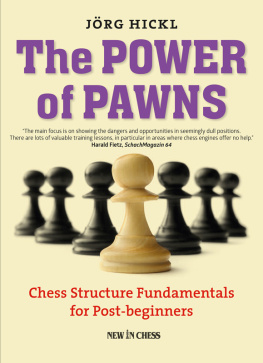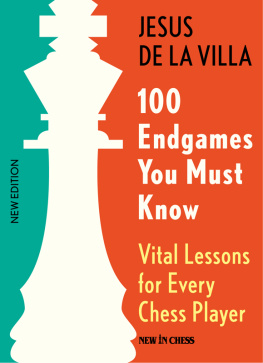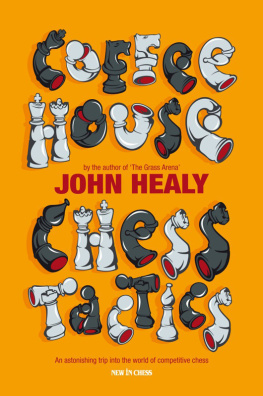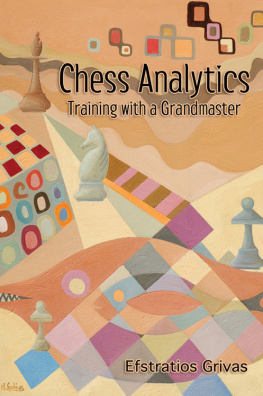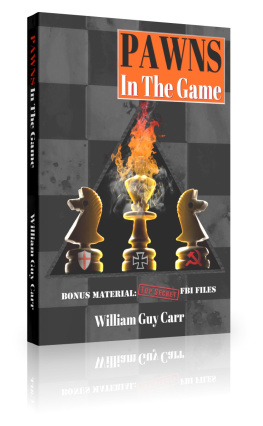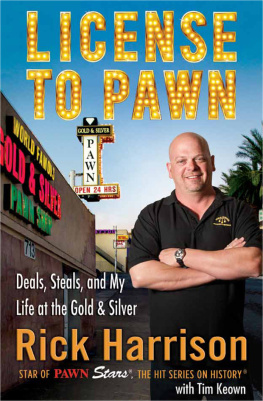

You should not trade pieces if you have the initiative
Opening the position helps to exploit weak squares
The best number of pawn islands to have is two
Exchanges increase the chances of mobilizing the majority wing
When behind in pieces, trade pawns, but not pieces
Calculate wide, not deep
Space is usually more important than time
Releasing the tension reduces your options
The player playing against the IQP should usually exchange all of the knights
You should not mobilize pawn structures that have doubled pawns
If a move looks bad on general principles, the plan is probably bad
The side with a positional advantage has no need to complicate
Knights are often better than bishops in blitz
A plan is made up of ideas, not moves
Trying to play the best move and playing to win are not the same
When faced with a critical position, you have to calculate variations
A gambited pawn is equal to three tempi
With the initiative, miracles can happen
Do not ignore your intuition
The weak point of the fianchetto position is the h3 (h6) square
Complications are good for the side that is losing
Long analysis, wrong analysis
If the move feels wrong, it usually is
The fianchettoed bishop is not as good as a pawn is in guarding holes
Do not win a pawn if it costs you more than two tempi
Sharp openings are best in blitz
The initiative is especially important in blitz
To play chess at a strong level, it is essential to play according to sound principles
To increase the influence of your fianchettoed bishop, open the center
A temporary advantage must be exploited at once
When you fianchetto one bishop, the other bishop automatically loses a little of its mobility
Rooks attack best from a distance
You should not change openings because the opponent is higher-rated
Passive defense can work against rook and knight pawns, but it does not work against inner pawns
An imbalance is a double-edged sword
Pawns gain in strength as the power of the pieces left on the board decreases
There is a difference between blitz and time-trouble
Exchange your redundant rook for your opponents only rook
When ahead pieces, trade pieces, when behind pieces, trade pawns
When you are ahead on pieces, trade pieces (but not necessarily pawns)
Connected passed pawns on the 6th rank beat a Rook
The more redundant two pieces are, generally the weaker they are together
A lead in development is less important in closed positions
An advantage in development leads to other advantages
Poor development is a key breeding ground for opening traps
It is usually a good strategy to put your pawns on the color opposite of your bishop
He who fears an isolated queens pawn should give up chess
Space is not an advantage unless you can use it beneficially for maneuvering and for piece play
A three-to-two majority is easier to convert into a passed pawn than is a four-to-three majority
Plan your action on the side of your pawn majority
A central pawn majority favors the attacker
The fewer pawn islands you have the stronger the structure is
The square in front of the backward pawn is the main factor
Having a rook on the seventh rank is worth about a pawn
It is best to leave active pieces where they are
The initiative is above everything
Tactics flow from superior positions
Only calculate when it is essential
Bishops gain in strength as the endgame approaches
Calculate the moves that are forcing and tactical first
The player with an advantage must attack
Only the player with the initiative has the right to attack
If an attack can succeed with pieces alone, then leave the pawns where they are
It is usually better to have the rook in front of the queen when playing on an open file
If there are no weaknesses, you do not have an attack
Queen exchanges are usually better for the player who is attacking on the queenside
Take the minimum risk and use the maximum in economy to stop an attack
Only defend against direct threats
Bishops and knights rarely coordinate well with each other
A sudden change into an endgame can throw an attacker off his game
Three useable diagonals are worth a pawn
Plans are usually made for just a few moves at a time
Any imbalance should give the stronger player an edge
Wing pawns become more valuable relative to central pawns as material diminishes
There is no room for mistakes in a king and pawn endgame
It is usually a mistake to move a pawn on the side where your opponent is attacking
Try to meet short-term threats with long-term moves
The first player in an open position to control an open central file will generally get the initiative
It is usually wrong to remove a piece from an open file to avoid exchanges
Play where you have the advantage
You can usually allow weaknesses in your position in return for good piece activity
The move g3 is usually a more weakening move than h3
A weak square for one player is potentially a strong square for the other
You cannot consider the white and black squares in isolation when analyzing a position
Color Complex weaknesses are not as important when the minor pieces are gone
A support point is only valuable if it is near the action
When your pieces are coordinated, they develop extraordinary power
If you have the bishop pair, put your pawns on the same color as your opponents remaining bishop
If you are facing a double fianchetto, try to close the position and gain control of the center
The knight pair is not a good combination
Never use a rook to defend a pawn
If you have a dynamic advantage, but a static weakness, it might be better to keep your queen
If the rooks cannot penetrate, it is often worth the sacrifice of the ex-change to force penetration
CHESS
WORDS of WISDOM
The Principles, Methods and
Essential Knowledge of Chess
MIKE HENEBRY
2011
Russell Enterprises, Inc.
Chess Words of Wisdom
The Principles, Methods and Essential Knowledge of Chess
by
Mike Henebry
ISBN: 978-1-936490-32-5
Copyright 2010 Mike Henebry
Copyright 2011 Russell Enterprises, Inc.
All Rights Reserved
No part of this book may be used, reproduced, stored in a retrieval system or transmitted in any manner or form whatsoever or by any means, electronic, electrostatic, magnetic tape, photocopying, recording or otherwise, without the express written permission from the publisher except in the case of brief quotations embodied in critical articles or reviews.
Chess Words of Wisdom was originally published in 2010 by The Chess Press.
Published by:
Russell Enterprises, Inc.
P.O. Box 3131
Milford, CT 06460 USA
http://www.russell-enterprises.com


Introduction
Next page
